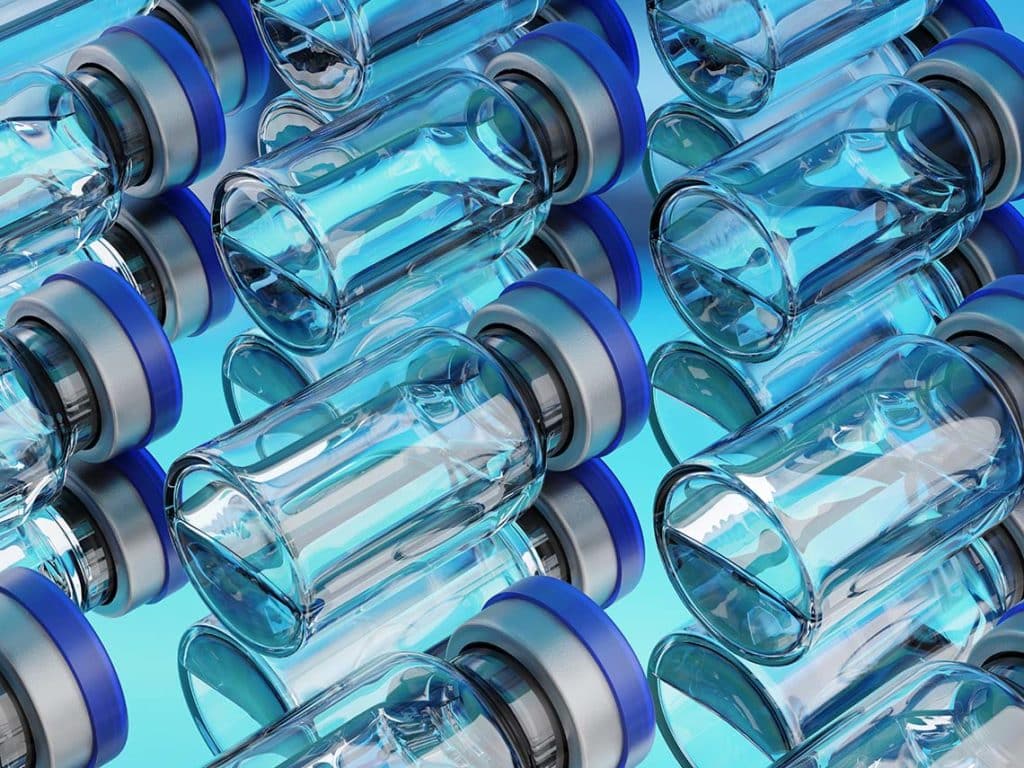Packaging plays a pivotal role in preserving the quality of the things we ingest, whether it be food or medication. Therefore, any compromise to the integrity of a product’s packaging is potentially threatening to our health and well-being when it comes to the things we consume.
Not all medical packaging will contain medicine, but even medical supplies need to remain carefully intact to assist patients who need these products and trust they will operate properly.
The overall marketing aspect of product packaging is essential. However, when it comes to medical packaging, it plays a more serious role in providing important label information, detailing the application, and preserving shelf life. Undoubtedly, this product packaging plays a significant role in our health.
What Exactly is Pharmaceutical Packaging?
Pharmaceutical or medical packaging concerns itself with safely providing prescription medications and over-the-counter medications to the end-user.
What is best suited for medical packaging?
Here are some of the best materials and types of packaging to use for medical products.
- Containers
- Vials
- Paper board
- Paper
- PVC
- Hard plastic
- Tinted plastic
- Dark tinted glass
- Cartons
- Bottles
Without the correct type of packaging, medications or devices could become contaminated or damaged, resulting in severe consequences and possible legal action.
The 3 Levels of Medical Packaging
Not all medical packaging goes through a 3 level process; however, it is more common than you might think. It was a system developed to ensure the greatest protection against any number of circumstances that could harm or negatively affect the contents you purchase.
Level 1 — Primary Packaging
This is the primary packaging that has direct contact with medical products. It could include plastic sealing, soft cushioned wrapping, etc. This initial packaging will protect against leakage, spills, breakage, and more.
Level 2 — Secondary Packaging
The secondary packaging involves making items compact when there are multiple parts. For example, in most cases, vials will be packaged separately from the dropper and other devices or medications with numerous parts. The best packaging materials for this step in the process include cartons, smaller boxes, plastic trays, etc.
Level 3 — Final Packaging
By the third level of medical packaging, items should be mostly secured and ready to be packaged for transit. Packaged items will be carefully placed for bulk handling and shipping interaction. Depending on the contents of the package, items may be placed in barrels, larger plastic containers, sealed boxes with edge protectors, or anything else to preserve the quality of medication or medical devices within.
Effective Medical Packaging is Key
When deciding what type of medical packaging to use for your products, you must consider its effectiveness. You have many options when it comes to materials and pricing. However, maintaining the integrity of your products via proper packaging is pivotal. Anytime a lawsuit is filed, and an investigation occurs, they will examine all aspects of the product to determine where the breach in integrity occurred. Therefore, product manufacturers and suppliers must ensure their items are safe to use throughout all details of the end-to-end process.
Pioneer Packaging Custom Designs Product Packaging
For over 35 years, Pioneer Packaging has been the go-to source for designing product packaging that sells. Our creative designers work closely with you to ensure your brand is recognized for quality in packaging design and materials.
So whether you’re looking to get your paper product packaging at affordable prices or attract new consumers, we can create a design fit for you. We strive to keep costs down as much as possible to help our customers keep their brands moving along production lines.
Contact Pioneer Packaging today and learn why we’re a leader in packaging innovation.




